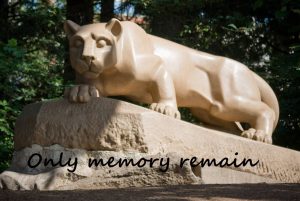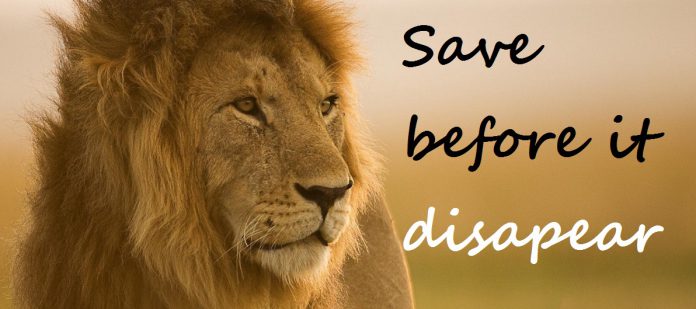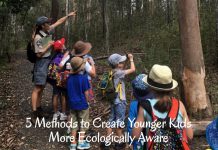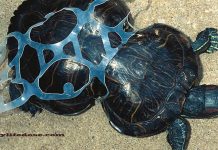Ever since life formed on Earth, numerous species of plants and animals have come and gone, and the process of extinction has been occurring long before the existence of humans and is somehow a natural process. Generally, through specialization, a new species develop at the same rate that other species become extinct. But, due to the growth of human population plus factors like pollution, deforestation, over hunting, loss of habitat and environmental changes, species extinction is now occurring at a rate that far outstrips the specialization rate. Humans are selfish creatures, but they don’t understand that every extinction diminishes the complexity and biodiversity of life on Earth.
We should understand that if enough of these living connections are broken, then our whole ecosystem could fail to balance and could be altered forever.
See also – Why do Species become Extinct?
Top Most Endangered Wild Animals in India
For Endowment values:
We are currently experiencing a greatly accelerated rate of extinction for both flora and fauna and by 2050; about 40 percent of the world’s species could be extinct. It is hard to believe that we are in the world’s 6th mass extinction of flora and fauna since the dinosaurs left the town 65 million years ago. Imagine going to a zoo ten years from now with your children. You bump into an empty jungle themed cage that says, “This used to be home to some of the last surviving Lions in existence; apparently, these creatures are known to be extinct.”
For the betterment of medical science:
But you might be thinking that why should I care about something without a brain and a name I cannot pronounce? Well, the thing is, each living organism whether it is a plant, animal, fungi or micro-organism, possesses a unique genetic code that has evolved since the beginning of life on Earth. And if they are lost, it cannot be recovered. You might never know when we need a specific plant or fungi to cure a disease. As history speaks, many plants and other organisms have helped humans to create drugs and treat diseases.
For the survival of humans:
This impact to humans includes ecological, medicinal, agricultural and commercial recreation. Life-saving drugs and foods are derived from plants and animals, and humans depend on ecosystems such as grasslands, forests and coastal inlets to clean their water, purify their air and food supply. When species become endangered, these ecosystems are most affected, and they will begin to unravel. A study estimates that even losing a one plant species can trigger the loss of up to 25-35 insects, plants and animal species.
Care for plants and animals – They are the mute beauty of our planet
It is compulsory that word take action now, and many Acts have been authorized by countries to save these endangered species, so we have a chance to save some of the species of flora and fauna. The diversity of flora and fauna helps to maintain a stable ecosystem, and if a species is lost, you never know what the consequences will be. People must be educated about the risks and dangers of sustaining in the series of action that leads to this problem. Will we lose an important phenomenon that could cure AIDS/cancer? Or life on Earth will collapse?













I now and realize that we people are destroying the beautiful nature for our needs. No one helps to save these species and are often depended on them. If they dissapear our human life is a waste. So people should help these species stay alive. I am an enviroment lover. I dont like to kill my animal pals. Happy Earth Day.